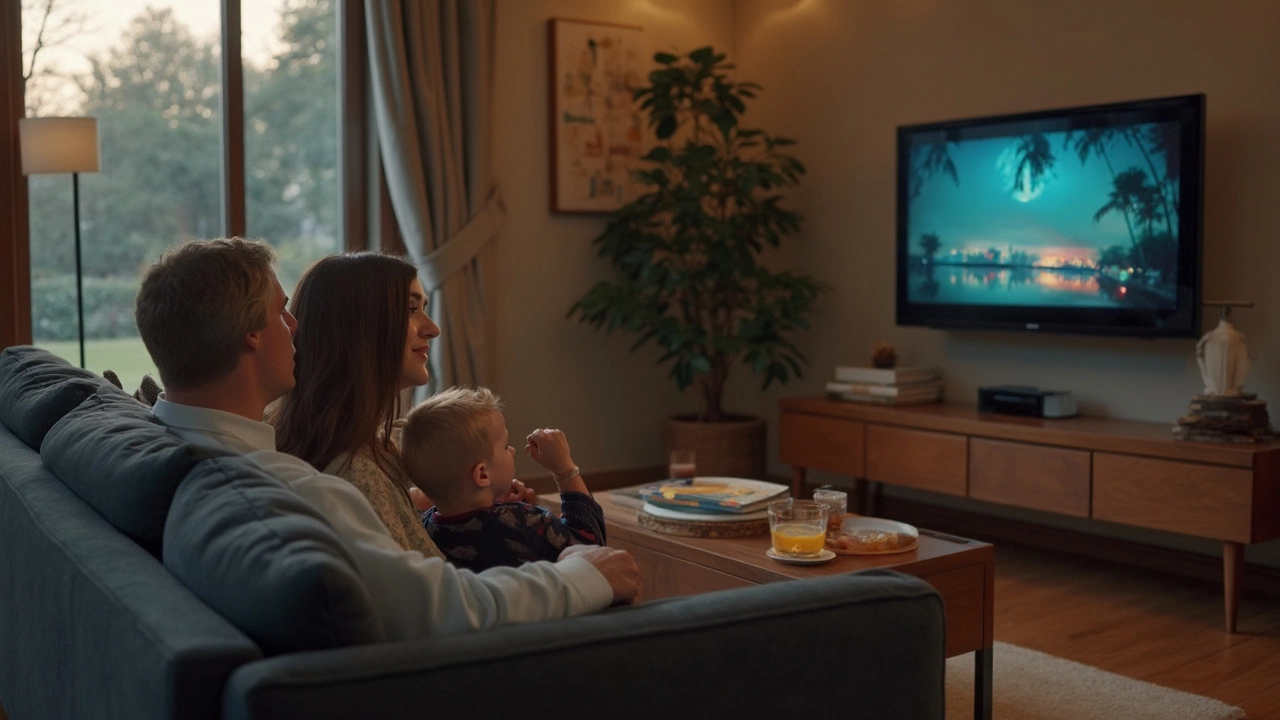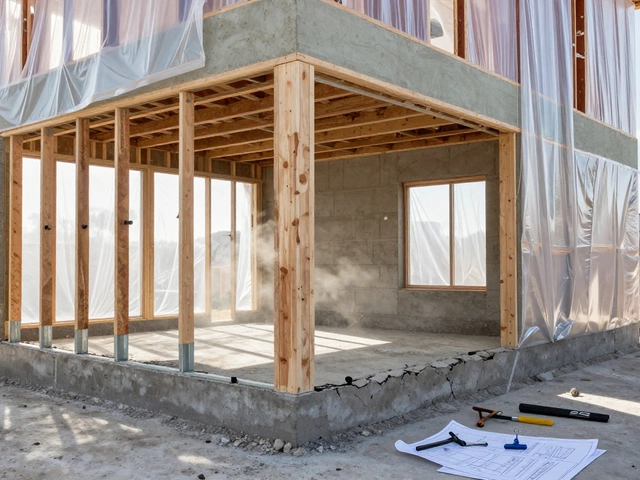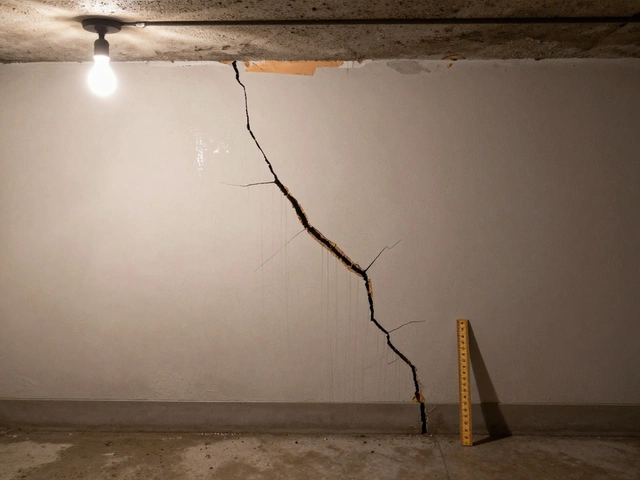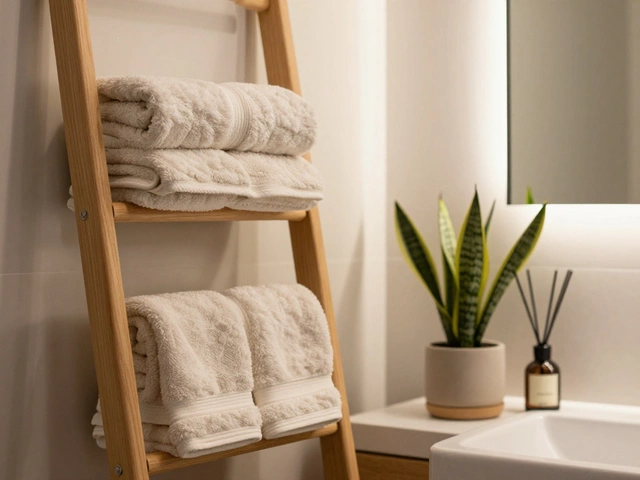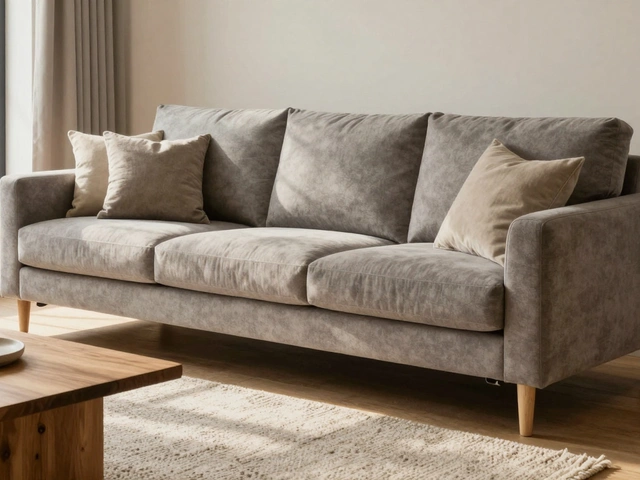Best Viewing Distance: Find the Perfect Spot for Your Screen
When thinking about best viewing distance, the ideal space between your eyes and a screen that delivers clear, comfortable images. Also known as optimal viewing distance, it depends on several factors like screen size, the diagonal measurement of the display, resolution, the number of pixels packed into that screen, and room lighting, the amount of ambient light in the viewing area. Good eye health, how well your eyes handle prolonged focus also plays a role. In short, the best viewing distance links screen size, resolution, lighting and eye health together to give a strain‑free experience.
How to Calculate Your Ideal Distance
Start with the screen size. A common rule of thumb says you should sit about 1.5 to 2.5 times the diagonal measurement away from the screen. For a 55‑inch TV, that works out to roughly 6.9 to 11.5 feet. If you sit closer than the lower bound, the picture can look pixelated, especially on lower‑resolution panels. Sit farther than the upper bound and the image may feel tiny, forcing you to squint to see details.
Next, factor in resolution. Higher‑resolution screens like 4K or 8K pack more pixels into the same size, letting you sit closer without seeing individual dots. That means the distance range can shift toward the lower end of the rule. A 4K 55‑inch TV can look sharp at about 5 feet, while a 1080p model would need at least 7 feet for the same clarity.
Room lighting comes into play after you have size and resolution sorted. Too much glare on the screen will force you to adjust your posture or move farther away, which can break the ideal distance. Use curtains, blinds, or an anti‑glare screen filter to keep the light level even. Soft, diffused lighting reduces eye fatigue and helps you stay within the recommended range.
Eye health isn’t just a medical issue; it directly affects how you enjoy media. If you have existing vision problems, you might need a slightly longer distance to keep focus comfortable. Regular eye exams, proper screen brightness, and occasional breaks (the 20‑20‑20 rule: every 20 minutes, look at something 20 feet away for 20 seconds) all support healthy viewing habits.
Putting these pieces together gives you a practical checklist: measure your screen, note its resolution, check your room’s light, and consider any personal eye‑comfort needs. When you align all four, you’ll land right in the sweet spot where images are crisp, colors pop, and your eyes stay relaxed.
Below you’ll find a curated list of articles that dive deeper into each of these topics. Whether you’re setting up a home theater, choosing a new monitor for work, or just want to upgrade your TV experience, the posts cover the math, the tech, the lighting tricks, and the health tips you need to get the most out of your screen. Let’s explore the details together.
How Far Should a Sofa Be from the TV? Smart Spacing for Comfy Watching
Wondering how far your sofa should be from your TV for the perfect movie night? This guide breaks down the ideal sofa-to-TV distance, taking screen size and room layout into account. You’ll learn how to keep things comfy without straining your eyes or neck. Tips cover everything from knowing where to park your coffee table, to making the most of smaller rooms (or giant screens). Get tuning-your-space tricks for a better viewing experience without sacrificing style or comfort.
full article